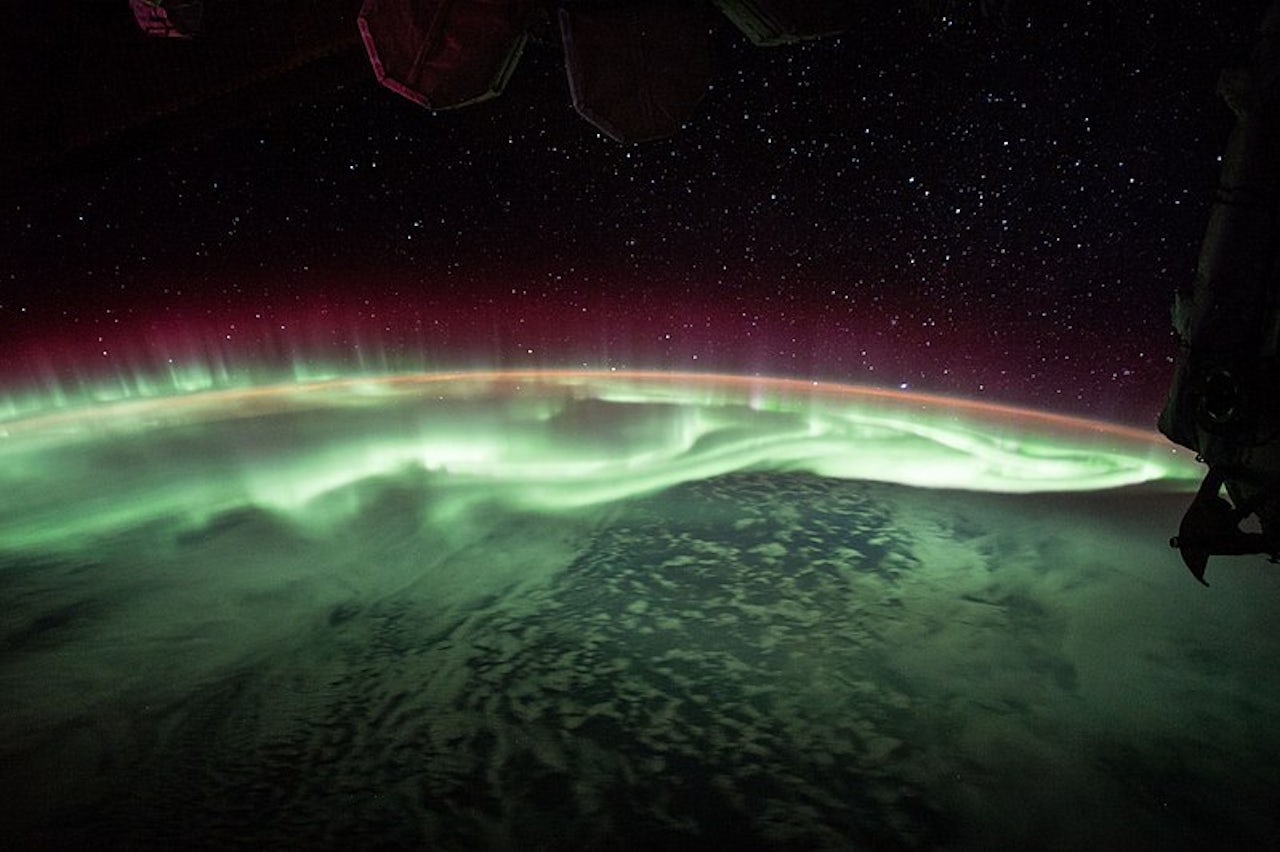On April 25, the sun set in Antarctica for the last time for four months.
It’s the beginning of the continent’s polar night, meaning the tilt of the earth’s axis keeps the sun perpetually below the horizon for more than 24 hours at a time. A long-term lack of sunlight is risky for humans. It could spell vitamin D-deficiency, or severe seasonal affective disorder. Yet there’s still a select few researchers at the bottom of the world, studying how the atmosphere and marine life cope with the Antarctic winter. But how do the people cope?
Robert Schwartz is a scientist stationed at the South Pole studying the Cosmic Microwave Background, the 13.8 billion year old radiation echo of the Big Bang. He said that since microwaves are easily absorbed by water in the atmosphere, the polar desert of Antarctica provides a particularly clear view of space and is an ideal place to study the stars.
When asked by The Outline if it’s difficult to commit and live in Antarctic winter, Schwartz said that for him, it’s easier than you’d think.
“Living here at the South Pole is like being on another planet,” he said. “If I imagine home [without] the sun for six months, that would be terrible. But here, I find the six months without the sun much nicer. You have the most amazing night sky without light pollution, and great auroras.”
For people hunkered down in Antarctica during the winter, the auroras seem to be a highlight. Raffaela Busse, who is currently studying astrophysics and blogging from Antarctica. On April 29, she posted a collection of photos of a polar night aurora, which she titled “Where the magic happens.”
“It's finally dark enough to enjoy the auroras in their full glory, even with the naked eye,” Busse wrote. “A camera will never be able to capture the magic that happens if you just lie there on the ice and enjoy the gigantic glowing ribbons that appear out of nowhere and are then gone forever, sometimes just to make way for an even more impressive light show.”
Aside from the auroras, the only long-term sunlight these scientists will experience between now and August is in the reflection of the full moon. But according to Schwartz, that’s just fine with him.
“Every year here, I'm eager to see the sun go,” Schwartz said. “And I'm not looking forward to sunrise.”

